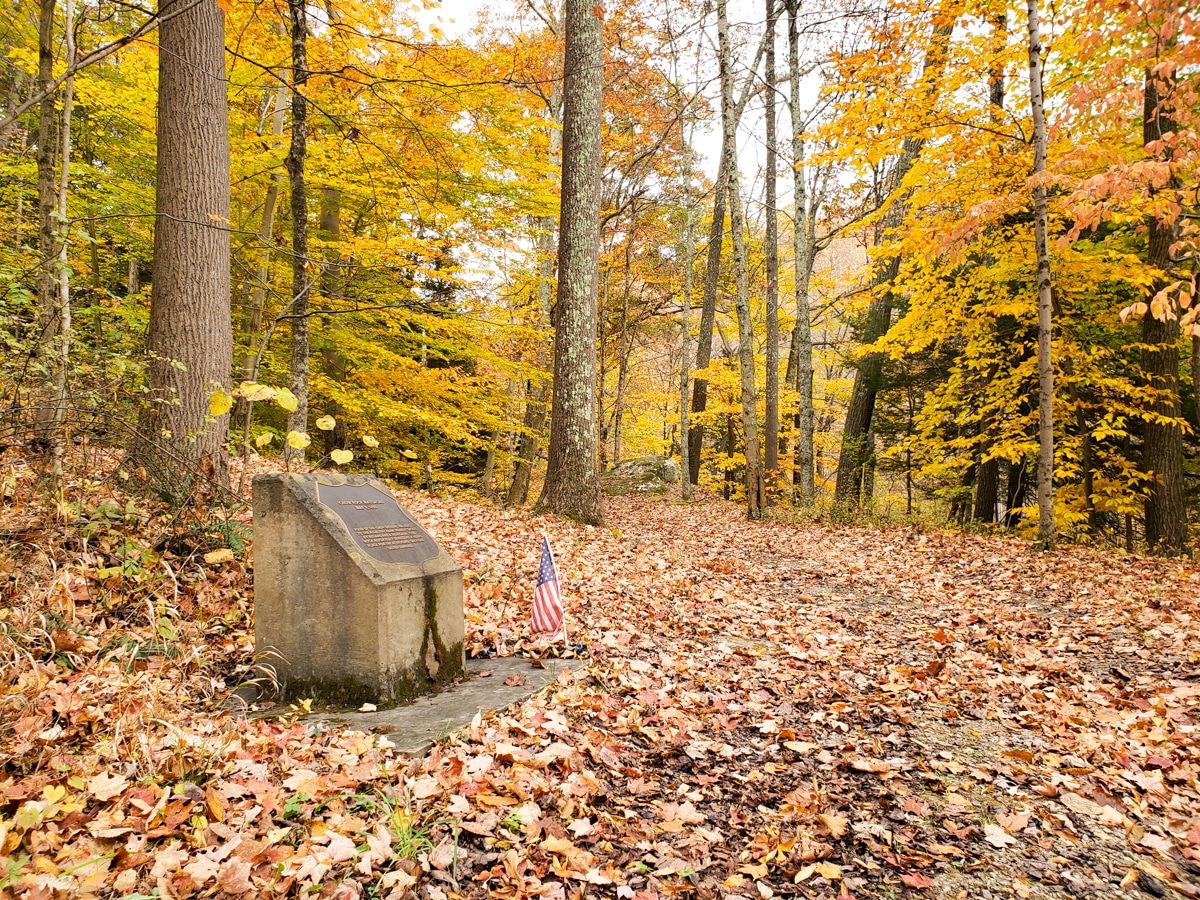Tragedy at Crow Rock
It was a picturesque morning in May. The trees were green, the flowers were in bloom, and it was as beautiful as a Greene County spring morning can be, with the sun shining and the weather perfect. The four Crow sisters—Lisbeth, Susie, Katie, and Tena—were on their way to visit sick neighbors.
The sisters enjoyed the spring morning, chattering amongst themselves while they walked along Wheeling Creek, and carrying gifts of fruits, spring ramps, and baked goods for the ailing elderly couple. After visiting the neighbors and dropping off the gifts, they began their return journey. The sisters were in no hurry, and they dallied on the road along the creek.
Tena, being the youngest and dawdling more than the others, saw a rider approaching the group from behind. She squinted, gave a gleeful shout, and waved at her brother as he grew nearer, yelling out, “Michael! What are you doing out here?”
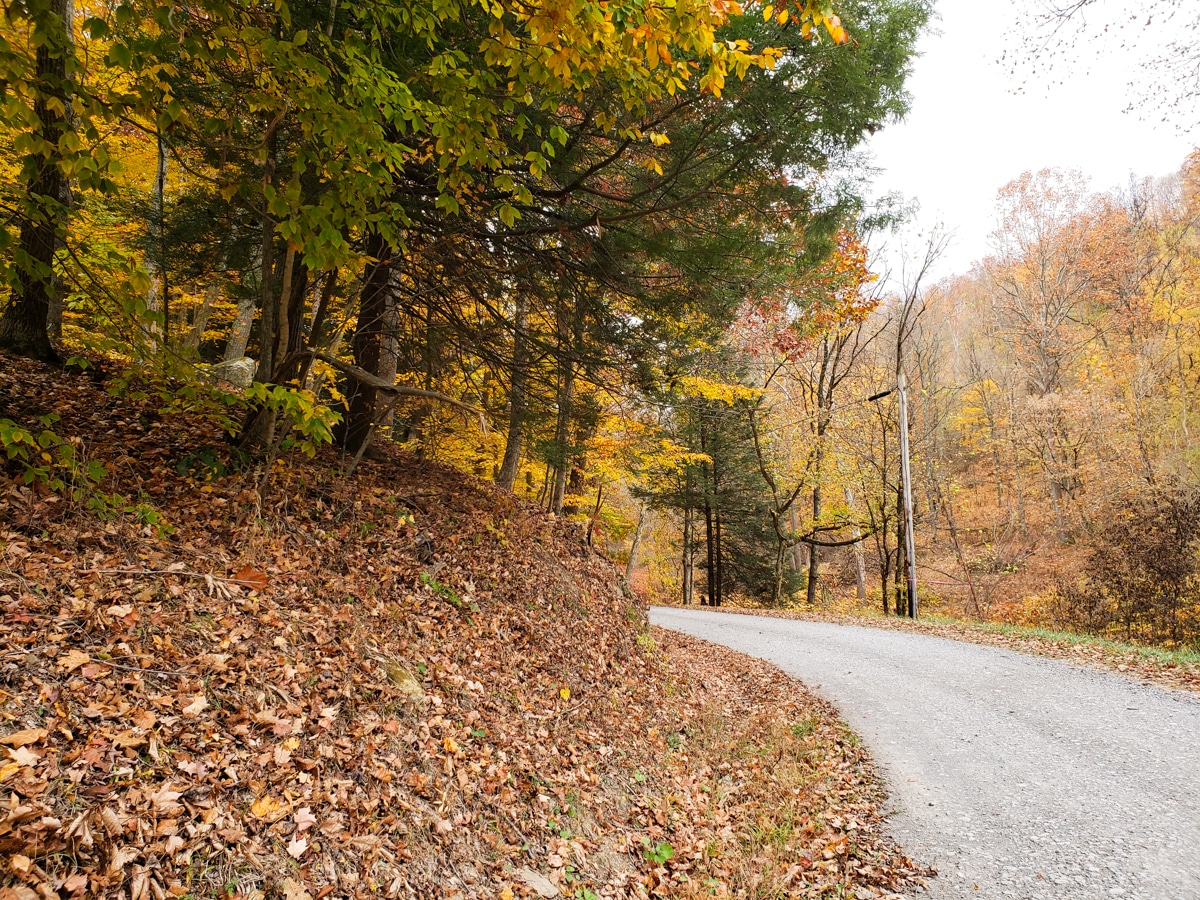
“Ol’ Gunpowder wandered out of his pasture again, and I had to bring him home,” Michael said, patting the horse’s shoulder. His eyes scanned his sisters ambling along the road towards home. “Would you like to ride home with me, Tena?”
“Oh, no! It’s such a pretty day,” Tena answered quickly. “I want to walk home with everyone else.”
Michael nodded, said goodbye to his sisters, and kicked his heels against the sides of the horse. He traveled down the road until he was out of sight.
About a mile and a half from home, as the girls approached a large rock near the road, three men jumped out from behind it. The men, two Native Americans and a white man named Spicer, snatched the startled girls and led them up a nearby hill. The girls whispered furtively between themselves in German, hoping to come up with a plan for escape.
“Quiet! No talking,” Spicer told the girls. The terrified girls quickly quieted. Spicer turned around and led the party up the hill, while the Native Americans followed behind the girls. The sisters didn’t stay silent for long. Lisbeth began praying softly, and her sisters followed.
Spicer wheeled on the girls with a shout. “I said be quiet. I don’t want to hear another word from any of you unless one of us is asking a question,” he gestured to himself and the other men.
The three men began interrogating the girls about the area. How many settlers? How many forts? Where are the forts? The girls answered the questions as best they could, hoping that if they answered them truthfully, the men would be satisfied and let them go. The men fell silent once their questions were answered, and then glanced at each other.
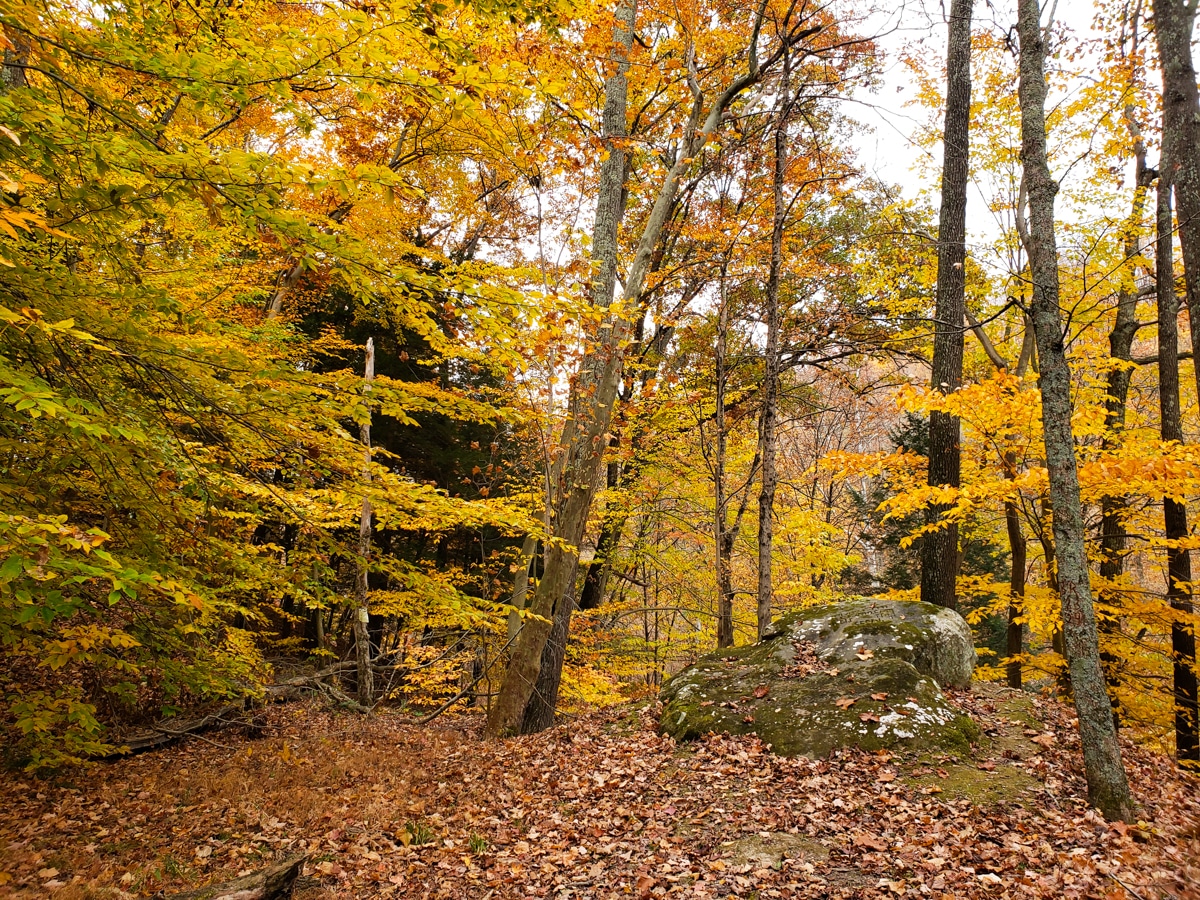
“What are we going to do with them?” asked the Native American holding Susie’s arm. “I think we should kill them.”
“Maybe we should take them with us,” the other suggested, looking at the first man and then Spicer.
“It’s too risky,” Spicer said. “We’ll have to kill them.” He nodded to the one holding Susie’s arm, who quickly grabbed his tomahawk and stuck her in the head. Susie dropped to the ground with a small thump.
Spicer dispatched his captive Katie, while the third man, holding both Lisbeth and Tena, struggled to free his tomahawk and keep hold of them both. He freed the weapon and swung at Lisbeth. Tena jerked away and fled up the hill. As she ran, she felt a shock as a tomahawk hit her in the back of the head. Stunned, she stumbled, but regained her feet and scrambled up the hill.
Too afraid to run all the way home, Tena hid among the bushes and groundcover until the men left the area. She raced home and told her family of the attack, and that her sisters were dead. Her parents gathered the other children and bolted to the nearest fort. They alerted the other settlers of the attack.
The settlers formed a scouting party and attempted to track the attacking parties. Two days later, a hunter named Enlow stopped for a drink of water at Wheeling Creek. He heard a soft moan of pain and discovered Lisbeth near the creek. She had been scalped. Sometime in the two days of searching, she had crawled to the creek for water.
Enlow gathered Lisbeth in his arms and began carrying her home. As he walked along the road, Jacob Crow, her father, and brothers Michael, Frederick, and Martin met him. When they realized what the burdened man carried, Jacob, Michael and Frederick gathered around, while Martin hurried back to the search party for someone to help doctor his sister’s wounds.
Lisbeth, fluttering in and out of consciousness, saw Michael and focused on his face. “Oh, Michael, why didn’t you come sooner?” she breathed before falling back into sleep.
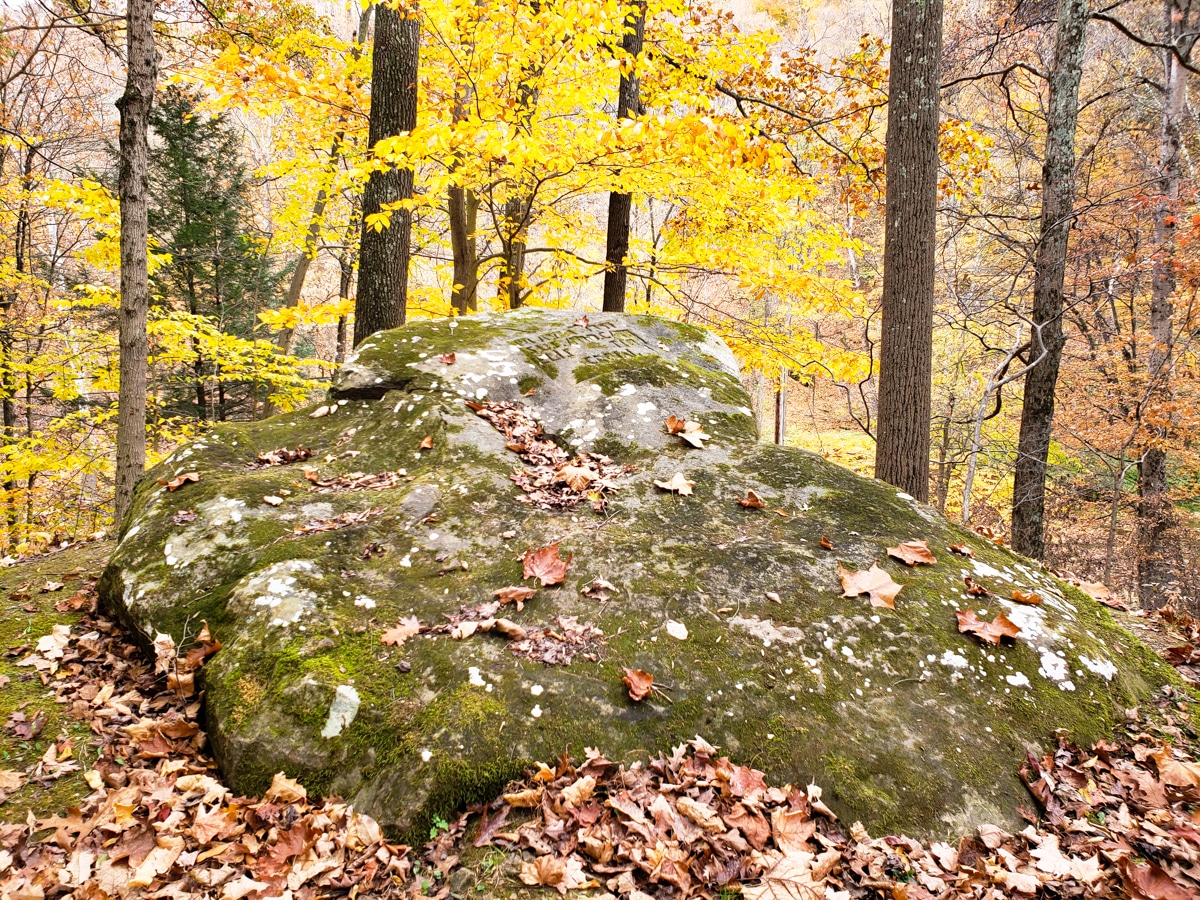
Details of the attack, as well as the names of the four sisters, differ in the various accounts of the event. Although the surviving sister was able to share the story, the exact details have been lost to time. The identity of the white man “Spicer” is unknown, although some believed it to be William Spicer, a child abducted during a previous Greene County skirmish. Regardless of the details, the general story is the same: the four Crow sisters were attacked that beautiful spring day in May, and three lives were cut tragically short.
They buried Katie (Catherine) and Susie (Susan) together, and Lisbeth (Elizabeth or Betsy) joined them when she succumbed to her injuries and died a few days later on May 4. Their surviving sister Tena, sometimes referred to as Christena or Christina, later married John McBride and eventually moved to Monroe County, Ohio. They settled in the area, built a home and a mill, and had 11 children. Her older brothers joined the McBrides, and, for a short time, her younger sister Esther lived there as well. Tena died in 1853 or 1854 and is buried in Noble County, Ohio.
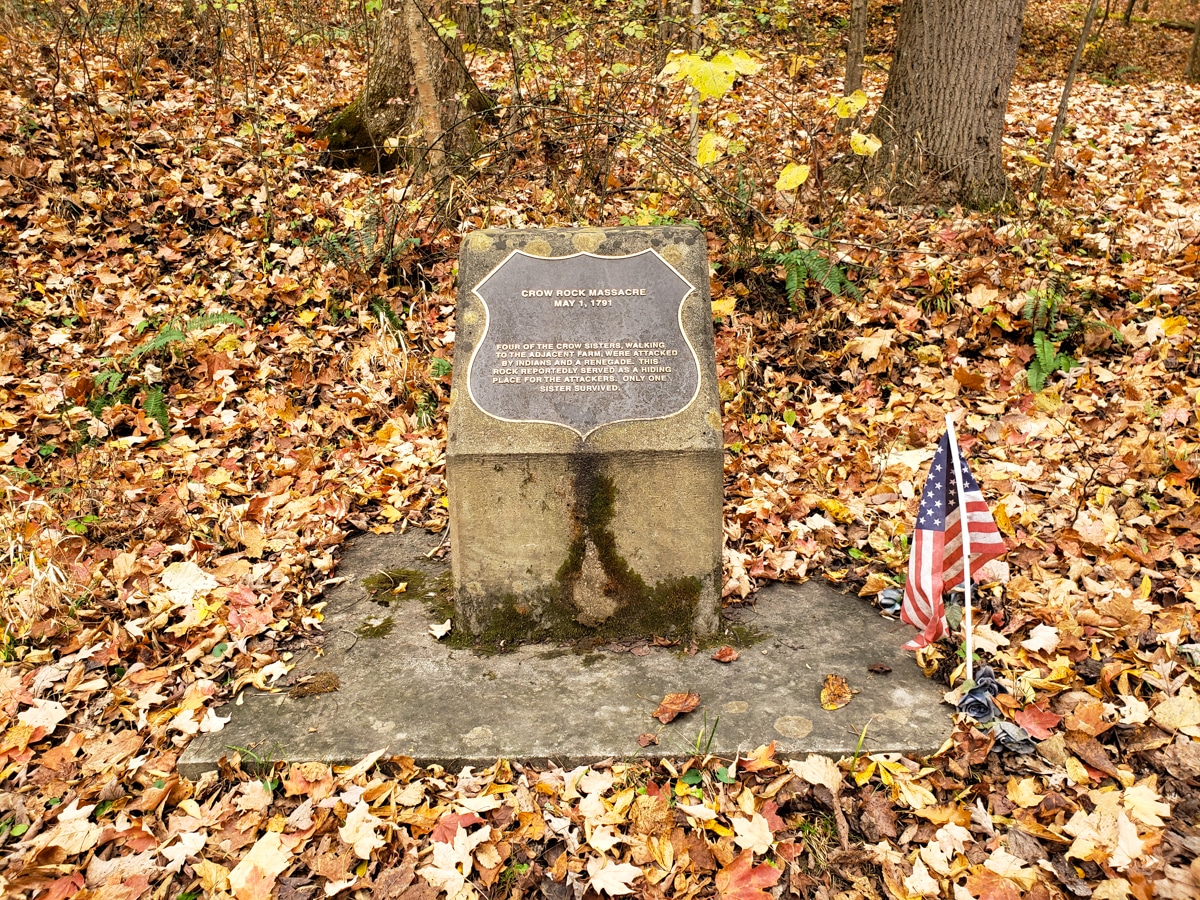
The brutal massacre of the Crow sisters was just one of the many conflicts between the Native Americans and the Europeans, as settlers continued to push westward into the frontier. These clashes often play a part in the paranormal history of Greene County, and the sites of these conflicts are often home to paranormal experiences. Crow Rock is no exception and is a favorite of paranormal investigators.
Visitors to the site have experienced disembodied screams, the sound of hoofbeats, felt phantom scratches and hair pulling, and more. Many visitors have a feeling of an unearthly presence around them in the heavily wooded area, and others have seen spectral figures of Native Americans or a little girl. There is a memorial plaque at the site near the road, as well as the girls’ names carved into the large rock just off the road near the location of the massacre.
